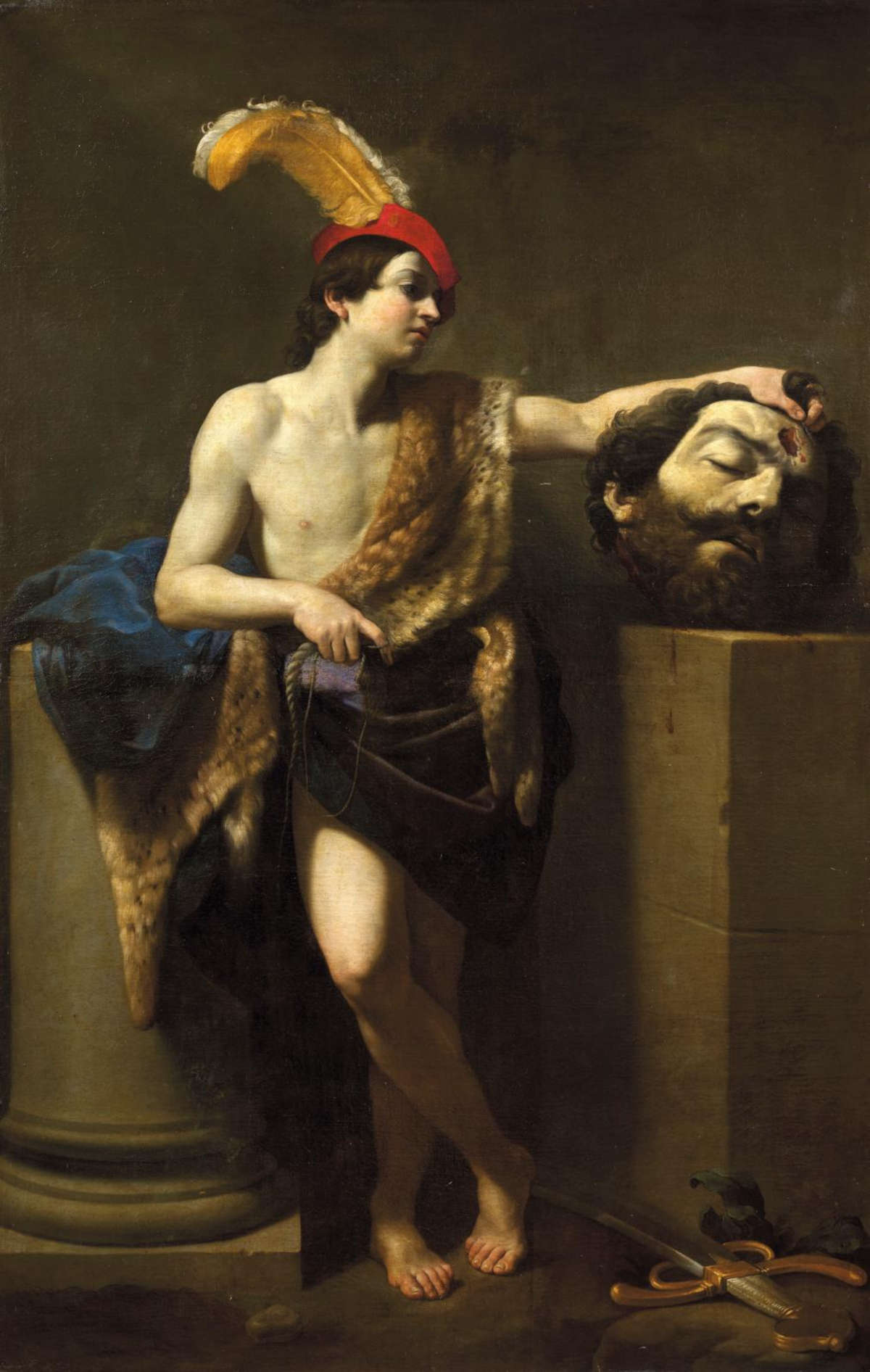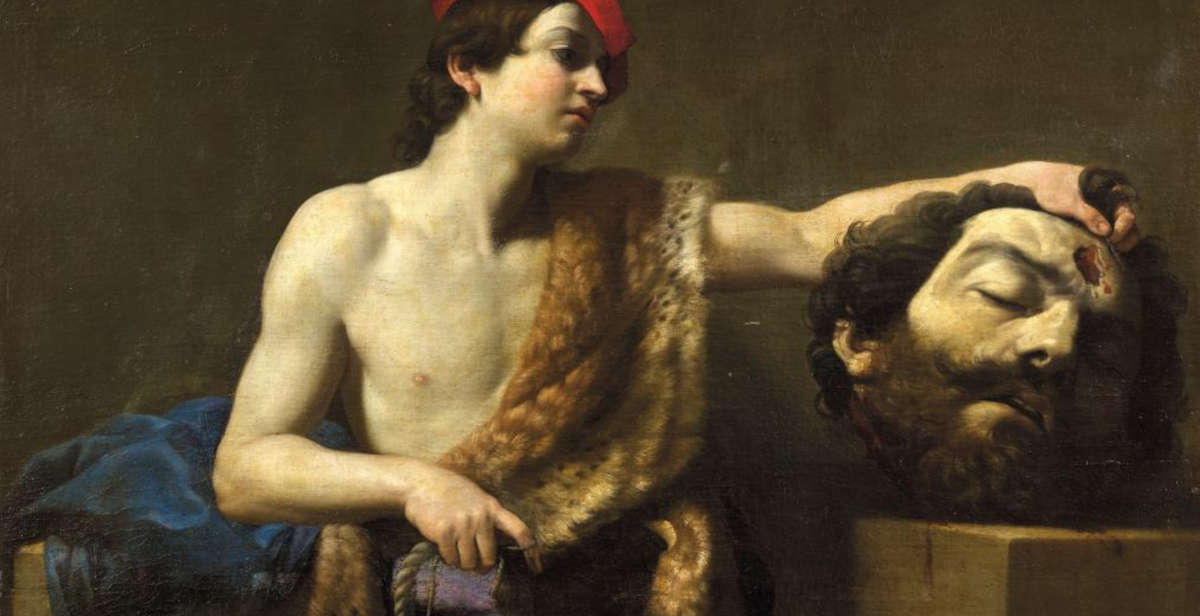A specimen of the famous David with the head of Goliath by Guido Reni (Bologna, 1575 - 1642), the best-known examples of which are preserved in the Uffizi and the Louvre, has surfaced in France . The Gazette Drouot, a French antiques newspaper, broke the news: according to the headline, the French antiquarian Éric Turquin, who studied the work belonging to the descendants of General Pierre Antoine Dupont de l’Étang (1765-1840), minister of the French government in Piedmont when the region was annexed to France at the time of Napoleon, considered the painting an autograph. The owners had never seriously considered holding their painting as an original, since they believed that the original could only be the one preserved in the Louvre.
The owners, however, recently contacted Turquin for their opinion on the work, on the strength of the fact that General Dupont de l’Étang, according to them, purchased the work in Turin, and then had the David re-tinted and framed when he returned to France took possession of the Hôtel de Beauvau, now the headquarters of the French Ministry of the Interior.

There are several examples of the David with the Head of Goliath. In addition to those in the Louvre and the Uffizi, there are Guido Reni’s David and Goliath in Dresden, Florence, Munich, and Orléans... They are now classified by “types” such as “Créquy,” “La Vrillière,” and “Volponi.” The one just discovered should belong to the category called “Este.” Indeed, in January 1633, Francesco I d’Este, Duke of Modena, acquired “his” David and Goliath by Guido Reni through Cornelio Malvasia, cousin of the painter’s principal biographer, Carlo Cesare Malvasia. Nearly a century later, the painting was in the collection of Prince Eugene of Savoy, at the Belvedere in Vienna, and was later acquired by his cousin Charles Emmanuel III of Savoy, King of Sardinia, Duke of Savoy and Prince of Piedmont, nephew of Philip of Orleans and Henriette of England.
In a handwritten note in the 1737 catalog of Prince Eugene’s collection, Alessandro Baudi di Vesme, curator of the Savoy Gallery, indicated that the work had been requisitioned for the French National Gallery by General Dupont. However, it does not appear in the catalog of the eighteen Guido Reni paintings officially transferred in 1799. Pierre Antoine Dupont de l’Étang was not only a military man: in his spare time he was a poet, and he also edited translations of Horace’s Odes. He was also passionate about art, and he was planning to find a suitable space for his collections when he purchased the Hôtel de Beauvau in 1807. Turquin is convinced that the newly rediscovered painting is therefore the one wanted by the Duke of Modena, then passed through the collections of the Savoy family, and finally arrived in France. It must be said, however, that already a few years ago, in 2012, an attempt was made to link another David by Guido Reni to the Este commission, the one that went to auction that year at Sotheby’s, with an estimate of £3-5 million.
“The eye,” reads Gazette Drouot, “lingers first of all on this suspended hand, treated with a suavity of modeling that could not be more seductive. Neither too sanguine nor too milky. The honeyed pink of the complexion, with the patina of amber browns, the bluish freshness of the complexion, is breathtaking. The touch gives the gesture a magical and noble tension. Under the arm, the lapis lazuli drapery is an exceptional moment, whose play of light and shadow is treated with a Venetian science of color. The blue, saturated, almost mineral-like, evokes the precious density of marble-or rather of the stone from which it takes its name-and seems sculpted rather than painted. The folds, broad and gathered, are built up through veiling by reflections of intense light, similar to the reflections of slate or the sparkle of hematite. Never black, the shadows, which offer an impression of architectural depth, are a lesson in bluish grays and misty mauves.”
At the moment, no in-depth studies around this painting result yet, but something should come out soon, not least because the painting will be offered at auction in November: the estimate is €2-4 million.
 |
| Another specimen of Guido Reni's David pops up in France. |
Warning: the translation into English of the original Italian article was created using automatic tools. We undertake to review all articles, but we do not guarantee the total absence of inaccuracies in the translation due to the program. You can find the original by clicking on the ITA button. If you find any mistake,please contact us.